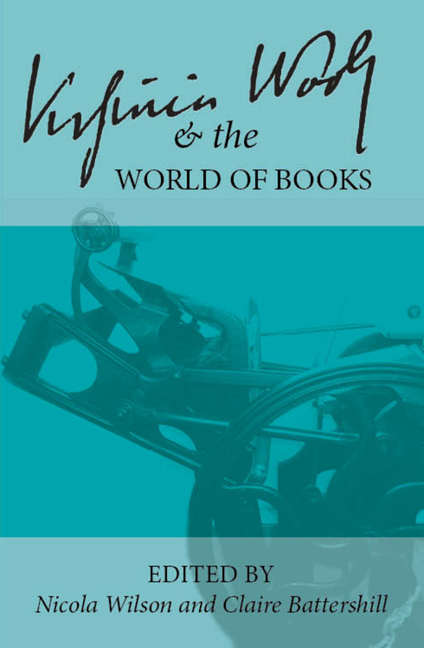 Virginia Woolf and the World of Books
Virginia Woolf and the World of Books Book contents
- Frontmatter
- Contents
- Introduction
- List of Abbreviations
- Keynote
- In the Archives
- Craftsmanship
- The Hogarth Press
- Hours in A Library
- The Art of the Book
- The Art of the Narrative
- Making New Books: Creative Approaches
- The Book in the World: Woolf's Global Reception
- The Woolf Behind the Iron Curtain: The Reception of Virginia Woolf's Works in Romania, 1947–1989
- Virginia Woolf: Translation, Reception and Impact in Brazil
- Zines, Polyvocality, and Sound: How Modernist First-Wave Feminism Inspired Riot Grrrl
- Virginia Woolf and South America: Border-reading
- Editing and Teaching Woolf
- Intertextuality
- Lives in Writing
- Notes on Contributors
The Woolf Behind the Iron Curtain: The Reception of Virginia Woolf's Works in Romania, 1947–1989
from The Book in the World: Woolf's Global Reception
- Frontmatter
- Contents
- Introduction
- List of Abbreviations
- Keynote
- In the Archives
- Craftsmanship
- The Hogarth Press
- Hours in A Library
- The Art of the Book
- The Art of the Narrative
- Making New Books: Creative Approaches
- The Book in the World: Woolf's Global Reception
- The Woolf Behind the Iron Curtain: The Reception of Virginia Woolf's Works in Romania, 1947–1989
- Virginia Woolf: Translation, Reception and Impact in Brazil
- Zines, Polyvocality, and Sound: How Modernist First-Wave Feminism Inspired Riot Grrrl
- Virginia Woolf and South America: Border-reading
- Editing and Teaching Woolf
- Intertextuality
- Lives in Writing
- Notes on Contributors
Summary
I began researching the reception of Virginia Woolf 's works in Romania after WWII with several questions in mind and also with one or two pre-conceived ideas. I knew that some of the issues I had to address would have to do with censorship in Romania after it became part of the Soviet Bloc in 1945. My main expectation was that I would find heavily censored translations into which I could sink my teeth and critique in order to tear up the veil in which, I imagined, Woolf must have been shrouded by translators during this period. Instead, I found translations that were quite faithful to the originals, and that, with few exceptions, did not generally omit or alter passages from the originals. I also found that, instead of being able to tear up any veil, and present the truth about how the Woolfian text should have been translated, the more I studied these translations and the circumstances which they appeared, the more I found myself engulfed in a maze of veils, or, rather, levels of understanding that should not be torn and discarded, but considered, studied carefully, and somehow preserved. They are revealing because they help us raise questions about and better understand not only the translations and the contexts in which they were created, but also the originals. We should perhaps also remember that modernism itself, both in Great Britain and on the Continent, developed in a strange dialogue with censors and censorship.
Whereas before 1945 Woolf was relatively well-known in Romania, especially in literary circles (critics often reviewed her books and wrote articles about her, although she was read more often in French translation than in the original), between 1945 and 1968 there is hardly any information about her in Romanian periodicals, and her works are not translated. Strangely enough, translations of Woolf 's works begin to appear in 1968 and to flourish afterwards. Therefore, the first questions to consider had to do exactly with this change: what made it possible for Woolf 's works to be translated in and after 1968 and not before (between 1945–1968), and were the translations faithful (keeping in mind that “faithfulness” is a highly debatable concept in translation theory) to the originals, or were they heavily censored?
- Type
- Chapter
- Information
- Virginia Woolf and the World of BooksSelected Papers from the Twenty-seventh Annual International Conference on Virginia Woolf, pp. 202 - 207Publisher: Liverpool University PressPrint publication year: 2018
